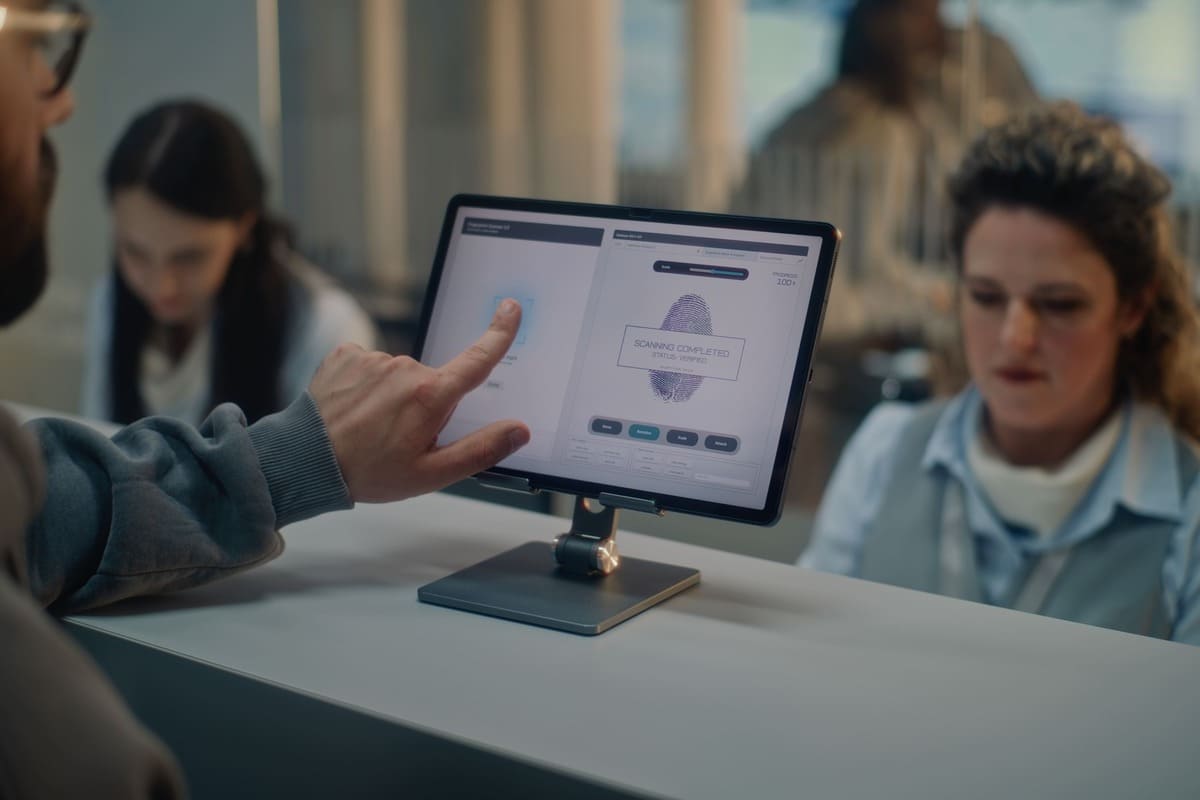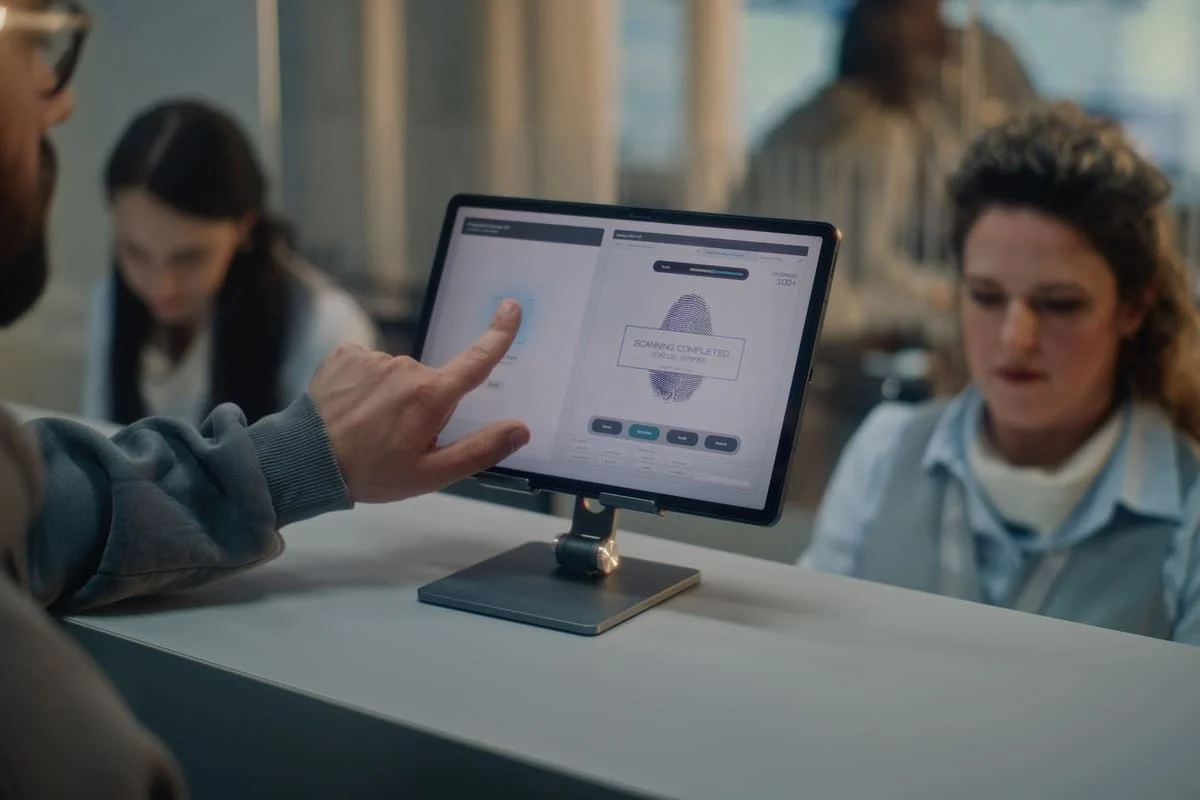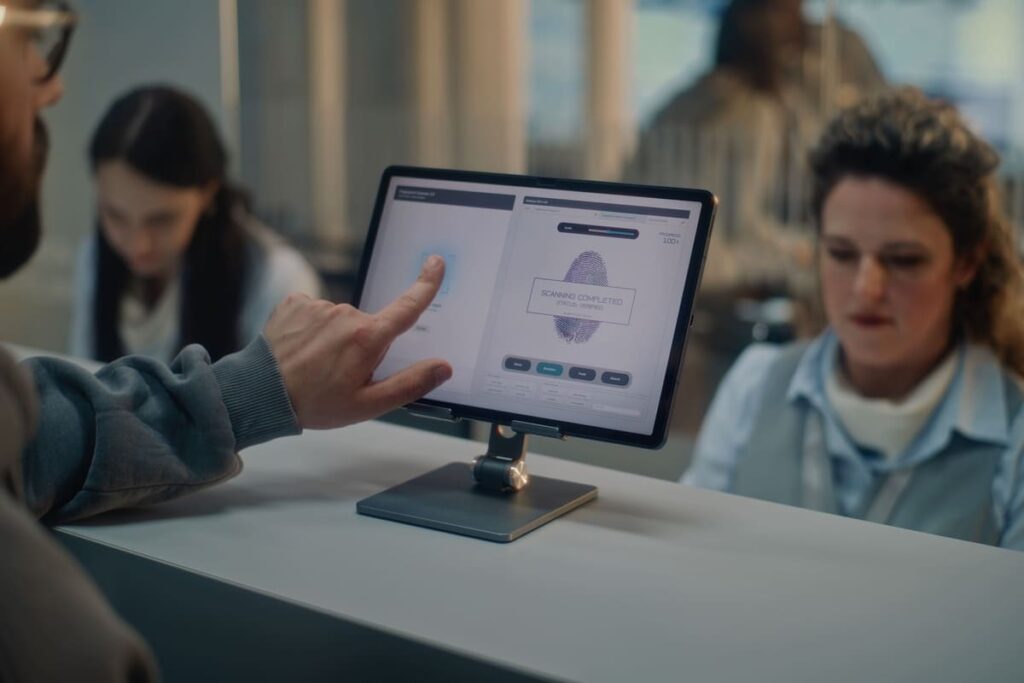Travel Guide
Americans Will Have To Get Fingerprinted Traveling To Europe Starting October 12
It’s finally happening, you guys.
After years of delays and even rumors it was never going to launch anyway, Europe’s long-anticipated Entry-Exit System (or EES) will debut on October 12. If you’re unfamiliar with the term, this only means one thing:
As a U.S. passport holder, you will now be subject to getting photographed and providing your fingerprints when traveling to Europe, or to be more precise, all European countries that are in the Schengen Area.
We know this is hardly exciting news, and we get it, all the terminology sounds confusing, but we’re here to give you the run-down:


What Is This New Entry-Exit System?
First of all, what is Europe’s new EES?
The Entry-Exit System is a new border crossing system that will eventually replace manual passport stamping for travelers landing in the Old Continent.
As a tourist, you can only stay in the Schengen Area, Europe’s border-free, 29-country-strong customs union for 90 days out of every 180-day period, but right now, border officers are only able to verify whether people are complying by manually checking stamps.
With the new system, which is set to be completely digitized and connected to a central database, catching overstayers will be way easier—officers across all 29 countries will be able to promptly pull up an individual’s personal details and travel history if required.
If you’re traveling with children under 12, they will not have to give their fingerprints.


Prepare For Delays At The Border
It’s not like most American tourists are overstaying their welcome, but as the EES is introduced from October 12 across a number of international airports, they will remain subject to a facial biometric scan and fingerprinting.
This means that, aside from waiting in line at passport control, you should be prepared for longer delays as newcomers are screened. If you have connecting flights, allow yourself sufficient time to undergo the new procedure.
The good news is, soon enough, passport stamps will be a thing of the past when traveling to a majority of European countries, as all your entries and exits of the Schengen Zone will be recorded digitally. Yay, no more running low on blank pages on your passport!
It’s important to note, however, that it could be a bumpy rollout for the first six months:


Here’s Why It May Be Confusing At First
Travelers might experience a sort of ‘border roulette’: this means some entry points will have the EES system in place, and will require biometrics to be taken, and others will remain analogue.
That is the European Union’s way of forcing through change, as not all countries in the Schengen Area are prepared to switch to digital, automated border checks, and will need more time. With the phased rollout, on the other hand, there will be greater pressure for nations to adapt quickly.
Should no further delays occur, the EES will be widely available across Schengen within 180 days after its October 12 launch.
Please note that during the transition period, passports will continue to be stamped until the rollout is complete. Therefore, ensure you have sufficient blank pages available in the meantime.


ETIA’s Fee Is Increasing, Too
On top of that, the EU has confirmed its new Electronic Travel Authorization system, baptized ETIAS, will make its debut between October and December 2026.
Still a way to go, but it’s coming sooner than you might think, and we have yet another huge blow to deal you: the digital entry permit has not even been released yet, but the fee has already been hiked from around $8 to $23.50.
Eeks.
In short, from fall 2026, you will not be able to board Europe-bound flights as an American citizen unless you’ve applied, and paid for authorization to travel in advance.


We know, it’s a very confusing world to navigate as a traveler.
Tightened border rules, new visa restrictions, and mandatory permits… wouldn’t it be great if you had an online tool that could provide a summary of all the necessary information before your trip, without the usual Government website clutter? Say no more.
Use our free TOP Entry Requirement Checker to stay on the loop regarding all the latest changes, and avoid any unpleasant surprises upon arrival at the airport.
The Travel Off Path Advantage: Your Travel Toolkit
Subscribe To Our Latest Posts
Enter your email address to subscribe to Travel Off Path’s latest breaking travel news, straight to your inbox.

